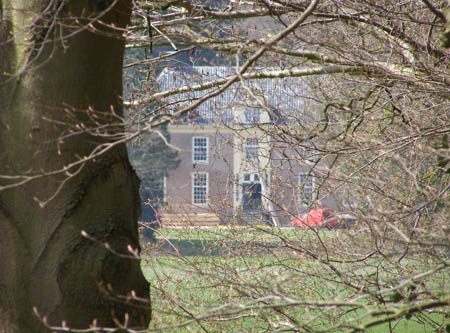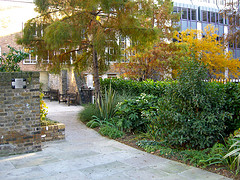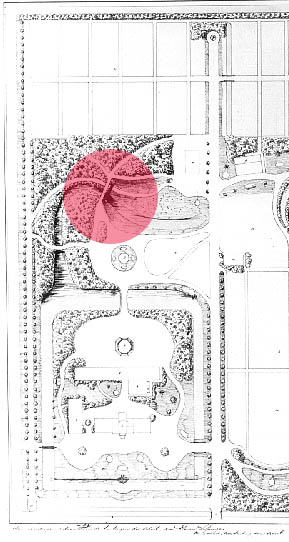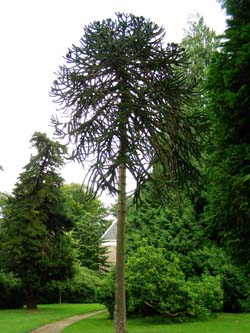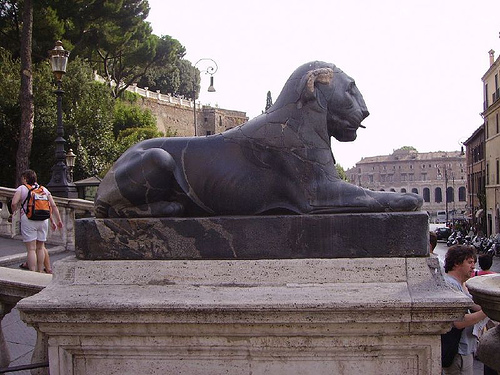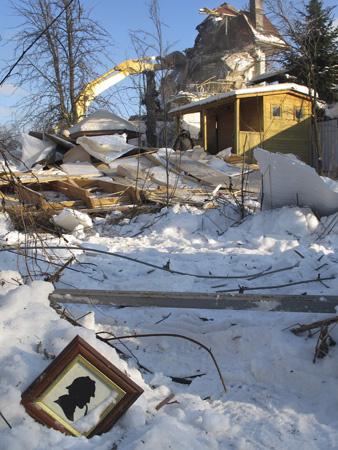Old habits never die?
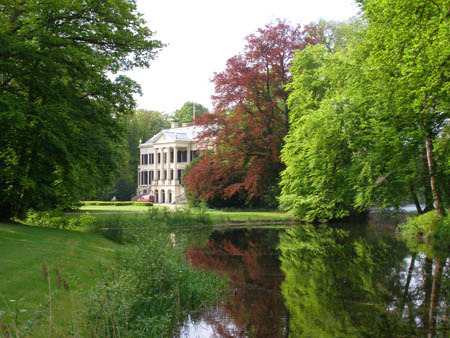
The replanting of an island at Broekhuizen was done in a ridiculous manner, showing how bad execution can ruin good ideas. The good thing is that it won’t be visible anymore in a few years time.
The replanting of an island at Broekhuizen was done in a ridiculous manner, showing how bad execution can ruin good ideas. The good thing is that it won’t be visible anymore in a few years time.

